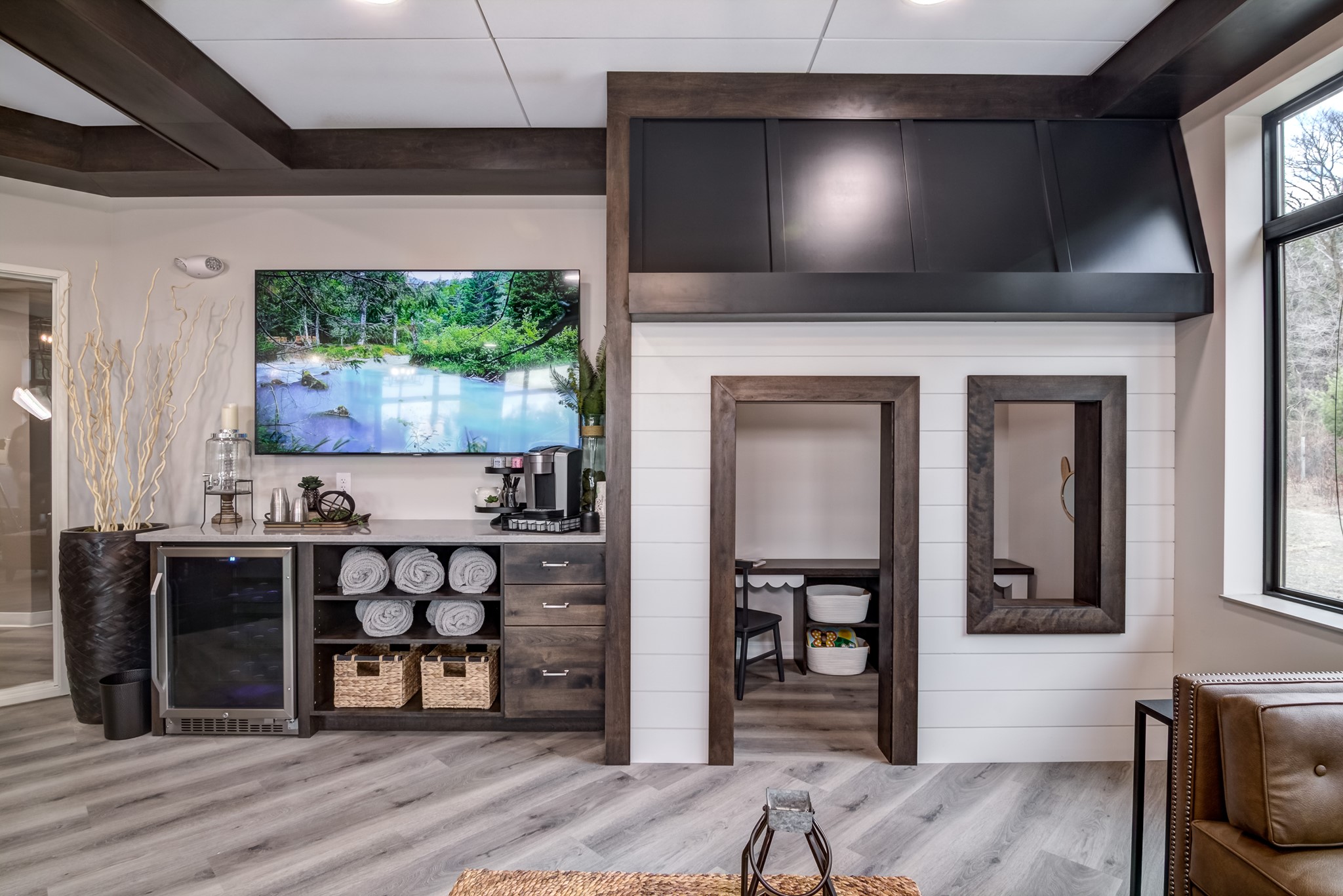Do you feel like every small issue at the office somehow lands on your desk? Whether it’s a scheduling snafu, a tech hiccup, or a patient concern, the assumption is that you—the provider or business owner—should have the answer.
In our own practice, we noticed a pattern: our team members often delayed taking action because they were unsure how the business owner would want things handled. Rather than risk making the “wrong” choice, they’d wait to ask—leaving the owner interrupted and the issue unresolved.
The solution? We created a simple but powerful tool: a Team Troubleshooting Guide.
This internal cheat sheet outlines exactly how the provider or business owner prefers common situations to be handled—everything from tech glitches to patient accommodations. The result? A more empowered, confident team, and a provider who can stay focused on clinical care or big-picture decisions rather than micromanaging daily hiccups.
How to Build Your Own Team Troubleshooting Guide:
Start by asking:
- What kinds of questions or interruptions do I get most often?
- Are there repetitive decisions I make that could be standardized?
- What would I trust my team to do if they had clearer guidance?
Then, build a living document with:
- Clear steps of action for each scenario
- Names and phone numbers of vendors or service providers
- Location of backup supplies or tools
- Passwords or logins (stored securely)
- Communication preferences (e.g., when to text, call, email, or wait)
Common Issues to Include:
Here are some categories and topics to consider:
Facilities & Tech
- Internet/Wi-Fi issues
- Computer/network/software problems
- Phone system malfunctions
- Cable/TV issues
- Camera/surveillance issues
- Lighting or electrical issues
- Heating/cooling (HVAC) problems
- Plumbing backups or leaks
- Power outage protocol
- Water shut-off location
- Alarm system troubleshooting
Equipment & Supplies
- Clinical equipment not working (e.g., treatment chairs, imaging equipment, exam lights)
- Autoclave or sterilizer issues
- Ordering clinical or office supplies (who, how, when)
- Back-up plan if key equipment fails
Administrative & Communication
- How to handle upset or late patients
- What to say if a patient asks for a refund
- Protocol if a team member calls out sick
- Script for scheduling changes or cancellations
- Who approves time off, purchases, or overtime
- Emergency contacts for leadership
Patient Experience & Safety
- What to offer when a patient is cold, anxious, or in discomfort
- Protocol for patient falls or medical emergencies
Miscellaneous
- Building/landlord contact information
- Snow removal, landscaping, or trash pickup info
- Who handles deliveries and where they go
- Location of extra keys, batteries, or remote controls
The Takeaway
Your team wants to do the right thing—they just need a little structure and confidence to make that happen. A troubleshooting guide not only removes decision fatigue from your day but also builds leadership and ownership within your team.
At Martin Management, we help healthcare practices simplify their operations, enhance their patient experience, and create systems that support both team autonomy and business growth. Whether you want to stop being the bottleneck or create a culture of calm, capable problem-solving—we’re here to help.
